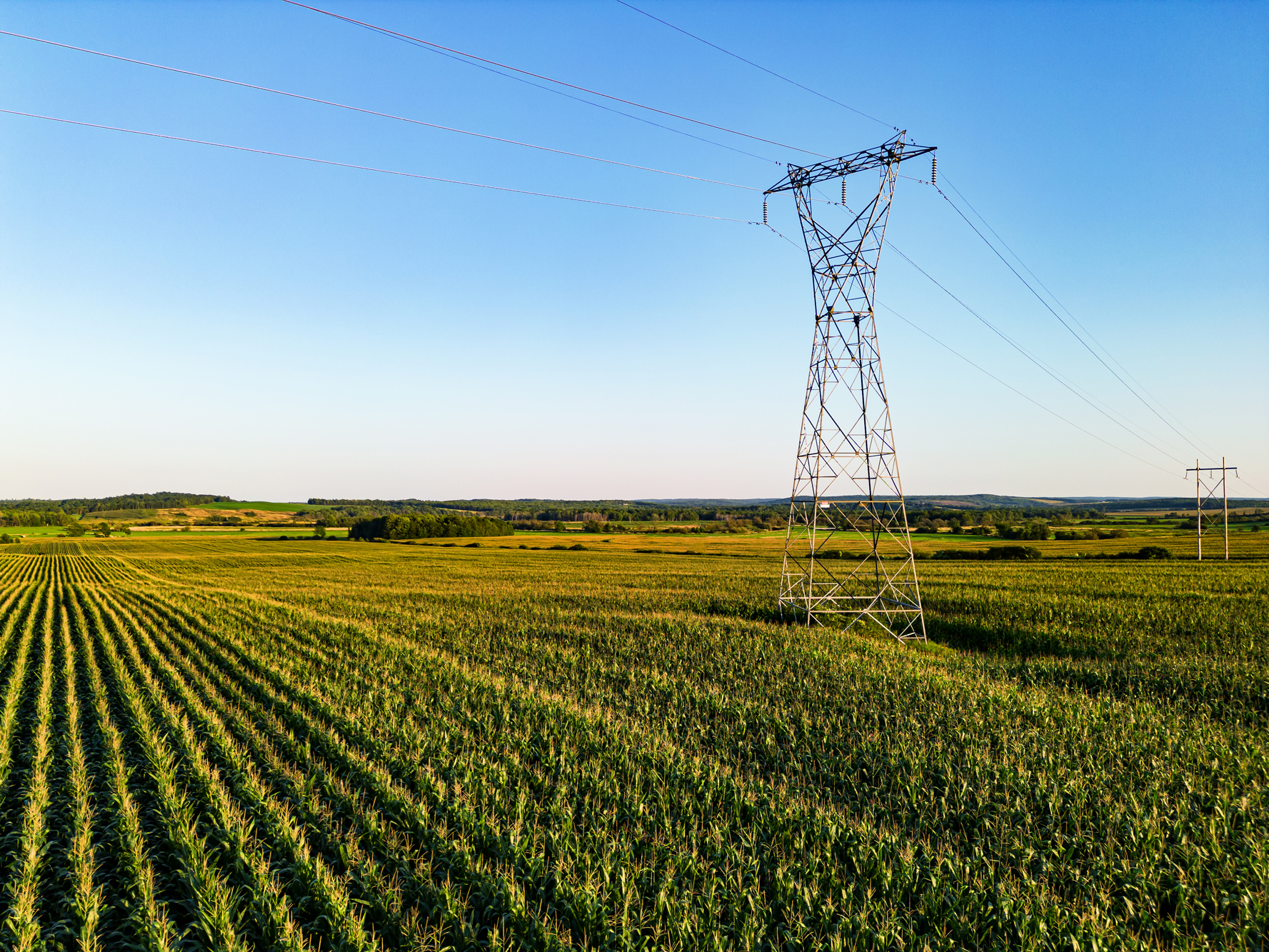At the end of last year, the EPO, in connection with the International Energy Agency (IEA), announced a study charting the rapid growth of power grid technologies essential for decarbonisation and energy transition. In particular, the study maps patent filings (by international patent families) in this space against filing date between 2001 and 2022.
While the study shows that the “surge” was back in around 2009-2013, where filings grew by a huge 30% each year over that period, annual filing numbers in this space have remained high ever since. It is notable that from 2001 to 2022, the filing numbers relating to physical and smart grid infrastructure increased eight-fold, whereas they scarcely doubled for all technologies as a whole. Technological developments in this area are essential to meet the ever-more-urgent need for grids that connect often remote sources of renewable energy with the cities and factories that consume that energy, and this is clearly reflected in the number of international patent families being pursued.
Patenting in physical grid electricity infrastructure remains strong. However, perhaps not surprisingly, most growth in the last decade has come from smart grid technologies. Smart grid technologies are actually the subject of more filings than for physical grid and storage technologies combined. In fact, AI-related solutions, specifically, have grown 6-fold since 2018. Such AI-related inventions may relate to detecting faults or anticipating demand so as to better manage supply, for example.
The EPO President is quoted as saying “to secure its economic competitiveness, Europe must take the lead in new clean technologies and accelerate the energy transition away from fossil fuels”. The IEA Executive Director stated that “inadequate electricity grids are a barrier to economic activity and energy access while also making deployment of clean energy technologies more costly and complex”.
In most years investigated in the study, applicants from Europe, Japan and the US have been dominating the filing numbers for grid technologies. However, notably, as of 2022 applicants from China have brought their numbers to the same level as European applicants. These filings from Chinese applicants also predominantly focus on smart grids and storage-related technologies. Moreover, with Costa Rica, which has one of the world’s “greenest” electricity grids, having recently signed a validation agreement with the EPO, it will be interesting to see whether this affects EPO filings in this space.
It is also exciting that the majority of startups in this sector are located in Europe and the US. It is clear that startups in this sector are prioritising and understanding the benefits of patent protection – over a third of the 1,085 startups identified in the cohort for this study have filed a patent application (37%), compared to a baseline of only 6% of European startups with patent applications.
We shall have to see how developments in this important and highly topical area progress!
Boult can advise you in relation to protecting inventions in this space. Get in touch with a member of our energy and green technologies team today.


